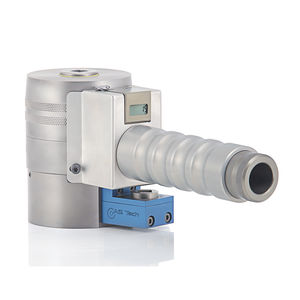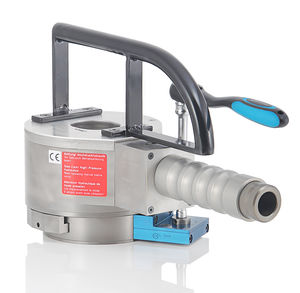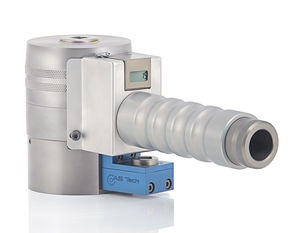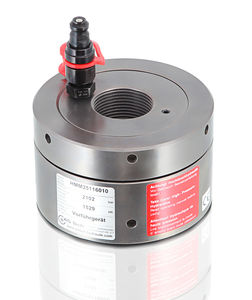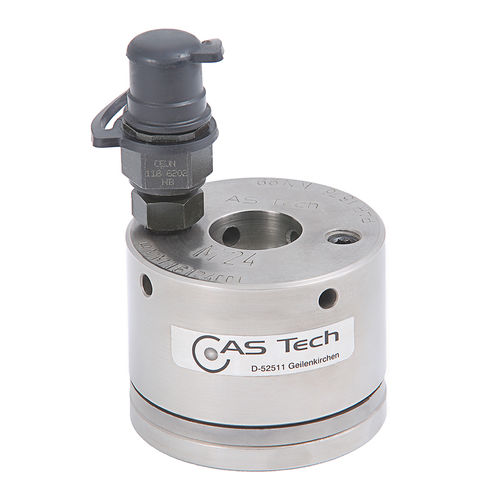
- Industrial machines and equipment
- Welding and Assembly
- Bearing hydraulic nut
- AS Tech Industrie- und Spannhydraulik GmbH
Bearing hydraulic nut with spacer platemetal



Add to favorites
Compare this product
Characteristics
- Applications
- for bearings
- Other characteristics
- with spacer plate, metal
Description
The hydraulic nut consists essentially of an internally threaded cylinder, a piston and a splitted spacer plate. The hydraulic nut will be pressurized up to the desired pre-tensioning force. This creates a gap between the piston and cylinder corresponding to the elongation and compression of the components. In this calculated gap the corresponding spacer plate will be inserted. Then the pressure can be released.
This design is particularly used for bolt connections that doesnt need to be pre tensioned again for a long period, or if the elongation of the bolts and the compression of the components to be tightened are known and do not need to be pre-tensioned again. The advantages of this type of hydraulic nuts are in the simple and inexpensive design as well as an operational phase independent from leakages.
Catalogs
No catalogs are available for this product.
See all of AS Tech Industrie- und Spannhydraulik GmbH‘s catalogsOther AS Tech Industrie- und Spannhydraulik GmbH products
Axial Bolting
Related Searches
*Prices are pre-tax. They exclude delivery charges and customs duties and do not include additional charges for installation or activation options. Prices are indicative only and may vary by country, with changes to the cost of raw materials and exchange rates.


